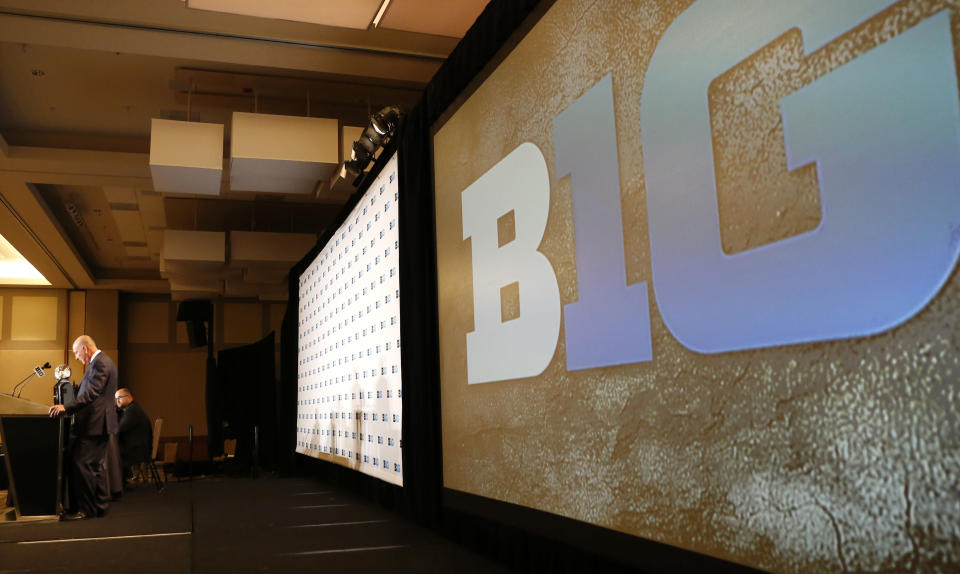Big Ten zooms past SEC with record $759 million in revenue

There is plenty of money to go around in the Big Ten.
According to tax returns obtained by USA Today, the Big Ten recorded “nearly $759 million” in revenue during the 2018 fiscal year, a record figure that far outpaces the conference’s previous yearly earnings, plus the revenue of any other conference.
For 2017, the Big Ten recorded a haul of $512.9 million, meaning the conference recorded an increase of $246 million year-over-year. Per USA Today, the jump in money comes as a result of the conference’s new television deals.
The Big Ten doled out around $54 million to each of its 12 longest-tenured members, while Maryland and Rutgers won’t receive their full share until the 2020-21 athletic year. The 2018 fiscal year marked the first time Nebraska, which joined the Big Ten in 2011, received its full share. Maryland and Rutgers both joined the league in 2014.
For his efforts, Big Ten commissioner Jim Delany “just over $5.5 million” for 2017. That’s another record for a conference, surpassing Larry Scott of the Pac-12. Scott was paid nearly $4.8 million in 2016.
Big Ten vs. SEC revenue
In the past, the SEC has been the benchmark conference in terms of earnings, but now the Big Ten has sped past their southern counterparts.
By comparison, the SEC said in February that it distributed approximately $627.1 million among its 14 members, a share of “slightly over $43.1 million per school.” The SEC’s revenue for 2017-18 was an increase from the average of $40.9 million distributed among members in the 2016-17 fiscal year.
Elsewhere, the Big 12 recently disclosed earnings of $374 million for its 10 members in 2018. The ACC and Pac-12 have yet to disclose their most recent revenue figures, though they will certainly fall short of the Big Ten.
None of it goes to players
Of course, none of the money will work its way into the pockets of the athletes.
However, in an encouraging sign, the NCAA this week announced a group to examine issues related to student-athlete name, image and likeness, potentially opening the door for players to be compensated for the use of their own image.
It could all lead to business as usual (i.e. nothing) from an NCAA perspective, which remains staunchly opposed to even the discussion of “pay-for-play.” But when so much money is being generated by collegiate athletics, it’s getting harder and harder for the NCAA to preach the virtues of “amateurism.”
More from Yahoo Sports:

 Yahoo Sports
Yahoo Sports 